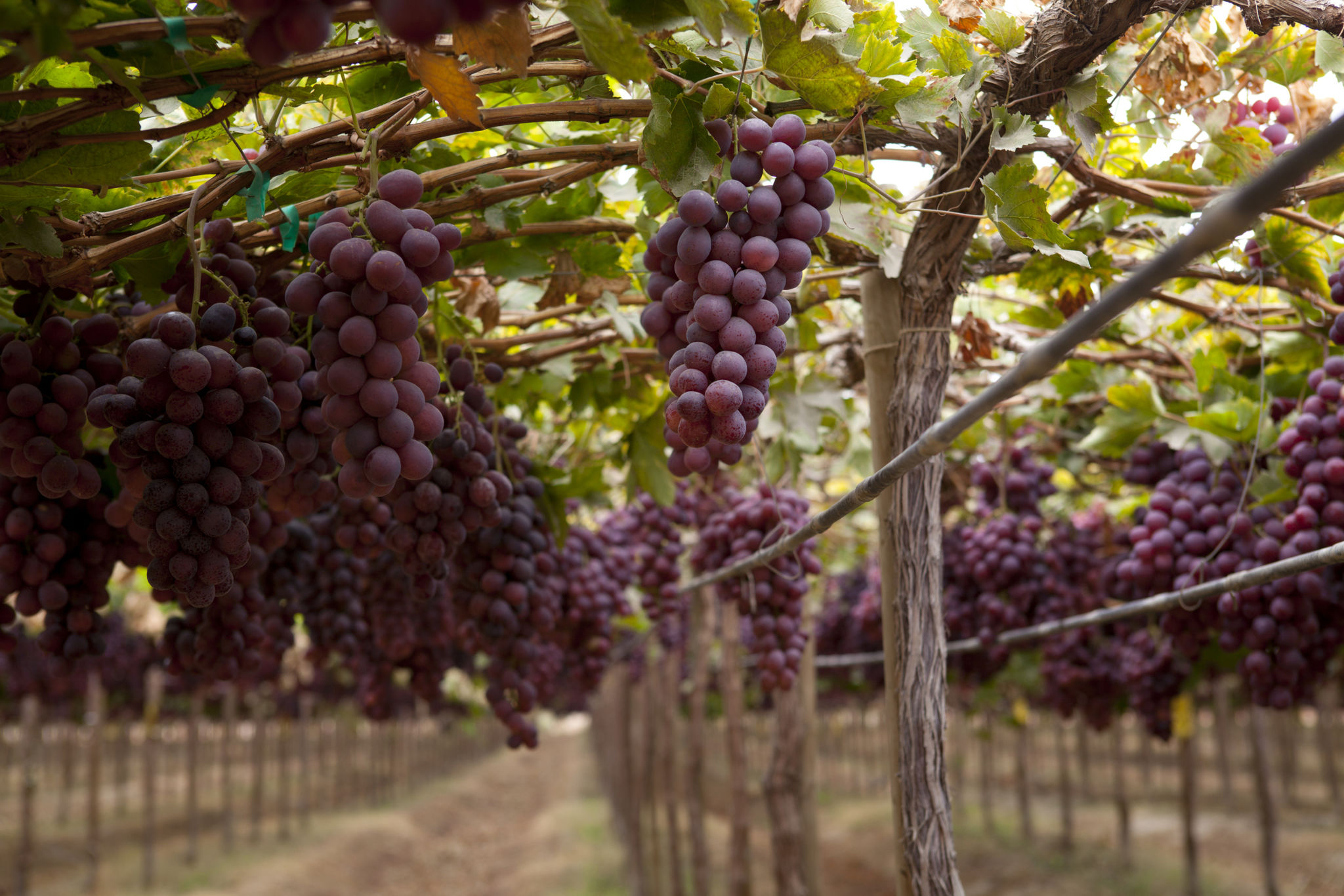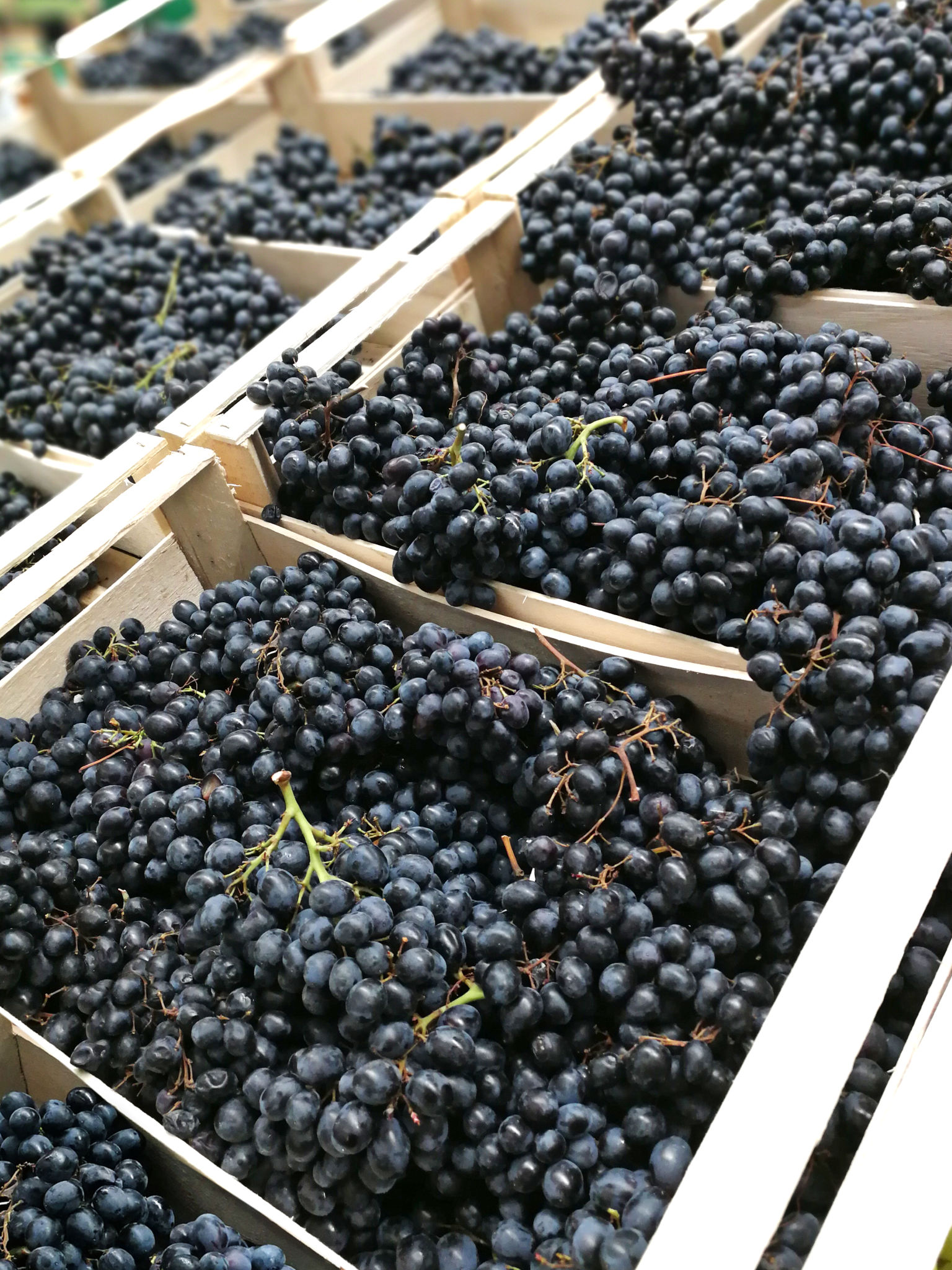Case Study: Successful Strategies in Exporting Peruvian Grapes to International Markets
Introduction to Peruvian Grapes
Peru, a country renowned for its rich agricultural diversity, has made significant strides in the global fruit market. Among its many exports, grapes have emerged as a prominent player, capturing the attention of international markets. This case study explores the successful strategies employed in exporting Peruvian grapes, detailing how these fruits have achieved international acclaim.

Understanding the Global Demand for Grapes
The global market for grapes is vast and continually growing as consumers seek high-quality produce. Peruvian grapes have managed to carve out a niche thanks to their unique flavor profiles and consistent quality. To meet this demand, Peruvian exporters have adopted innovative strategies that ensure their grapes reach international destinations in optimal condition.
Key factors contributing to the rising demand for Peruvian grapes include:
- Quality and Variety: Peru offers a diverse range of grape varieties, each with distinct flavors and qualities.
- Year-Round Supply: The country's unique climate allows for a continuous harvest season, providing fresh grapes throughout the year.
- Sustainability Practices: Many Peruvian producers prioritize sustainable farming methods, appealing to environmentally conscious consumers.
Strategic Partnerships and Collaborations
One of the cornerstones of Peru's success in grape exports is the strategic partnerships established with international distributors and retailers. These collaborations have been instrumental in opening new markets and ensuring a steady supply chain.

Peruvian exporters have also worked closely with government bodies and trade organizations to streamline export processes, reduce tariffs, and promote their products at international trade fairs. This multi-faceted approach has been crucial in positioning Peruvian grapes as a premium product on the global stage.
Innovative Marketing Techniques
To further enhance their market presence, Peruvian grape exporters have embraced innovative marketing techniques. These strategies include:
- Branding and Packaging: Emphasizing the origin and quality of Peruvian grapes through attractive branding and eco-friendly packaging.
- Digital Marketing Campaigns: Utilizing social media and online platforms to reach a broader audience and engage with consumers directly.
- Storytelling: Highlighting the journey of grapes from vine to table, emphasizing the care and expertise involved in their production.

Overcoming Challenges in Exporting
Despite their successes, Peruvian grape exporters have faced several challenges. Logistics, fluctuating market demands, and competition from other grape-producing countries are just a few of the hurdles they've navigated. By adopting flexible logistics solutions and continuously monitoring market trends, these exporters have managed to maintain their competitive edge.
Additionally, investment in technology has played a critical role in overcoming these challenges. Advanced storage and transportation solutions have been implemented to preserve the quality of grapes during long transit times, ensuring that they reach consumers in perfect condition.
Conclusion: A Model for Success
The case of Peruvian grape exports serves as a model for other agricultural sectors looking to expand their reach into international markets. By focusing on quality, strategic partnerships, innovative marketing, and overcoming logistical challenges, Peru has successfully positioned itself as a leading exporter of premium grapes.
As global demand continues to rise, the strategies employed by Peruvian grape exporters offer valuable insights into how other countries can achieve similar success in their agricultural exports. The future looks bright for Peru as it continues to thrive on the world stage through its commitment to excellence and innovation in agriculture.
